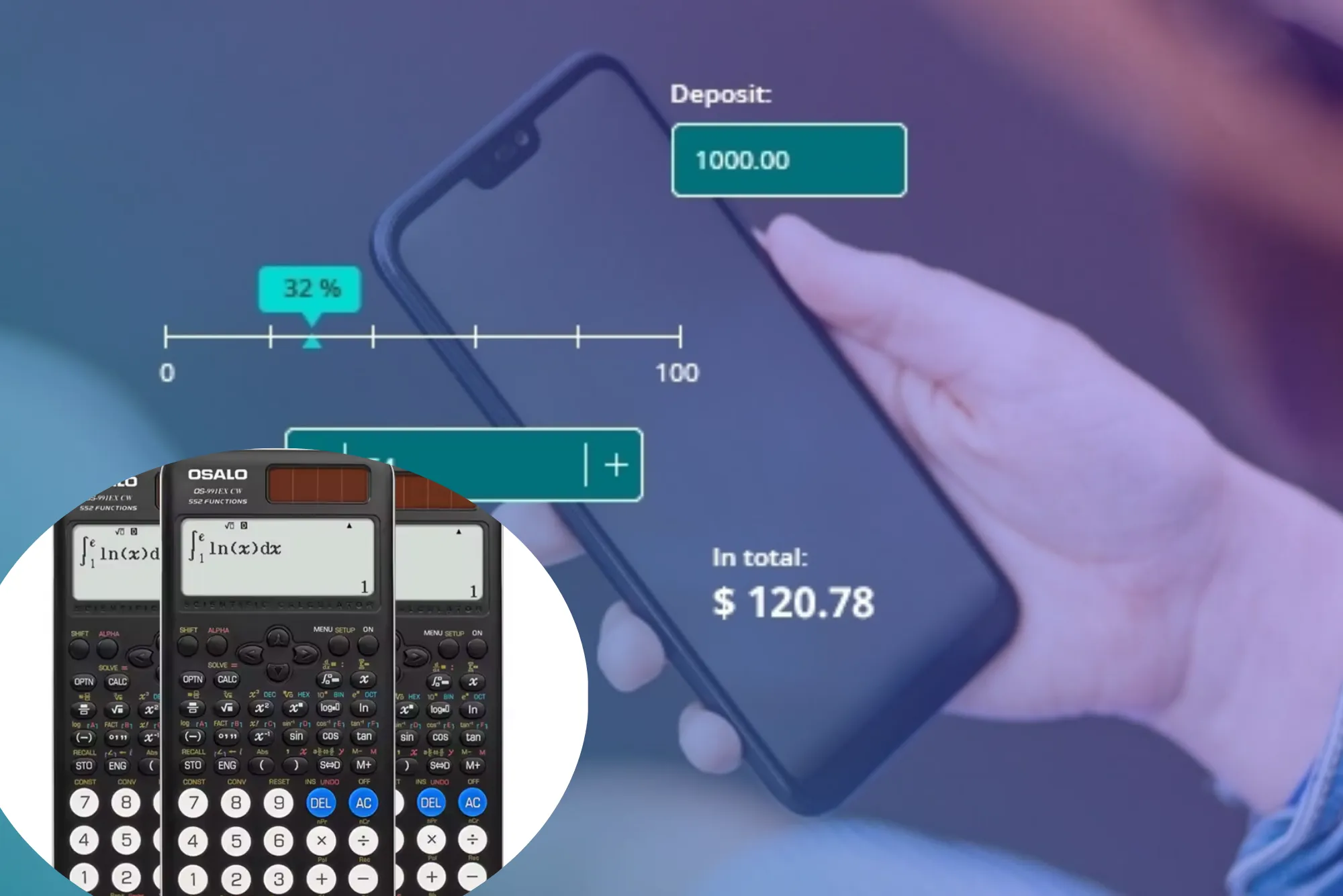Free spin mode is the heartbeat of modern mobile slot design—the sequence that turns casual thumb swipes into heightened anticipation, layered math, and (sometimes) meaningful value. If you’ve ever triggered a round and felt the tempo change—the screen dimming, reels expanding, multipliers popping in the UI—that’s not accidental drama. It’s deliberate game economy engineering. In this deep dive I’ll unpack how free spins are actually constructed behind the animations, how providers balance player excitement with long-term return, and how you can assess whether a free spin feature is worth chasing on your phone.
What Exactly Is “Free Spin Mode”?
In plain language, free spin mode is a temporary alternative state of the base slot where a predefined (or dynamically generated) number of zero-cost spins execute under modified rules: enhanced symbol sets, added wilds, locked reels, progressive multipliers, alternative pay evaluation (ways, both-ways, cluster), or special accumulation mechanics. Although you don’t pay additional stake per spin, the feature has been “prepaid” statistically through the slot’s overall RTP allocation—meaning part of each base spin’s expected value is reserved for the average frequency and payout profile of future bonus rounds.
In practical market ecosystems—especially multi-vertical operators and discovery channels referencing data tools or affiliation spaces like crypto sports betting sites —the presentation of free spins becomes a comparative selling hook: volatility rating, average bonus hit rate, theoretical max win projection, and user experience elements (e.g., quick-spin compatibility, portrait optimisation, haptic feedback). Getting underneath marketing descriptors helps you read features more critically.
How Free Spin Features Are Triggered
Most mobile slots trigger free spins via scatter symbols: land 3+ anywhere and you enter. Under the hood, a trigger probability is baked into the reel strip or virtual weighting model. Some games use accumulation meters (collect tokens over time), others use random teaser events (e.g., two scatters land and a “nudge” animation attempts to drop the third). These theatrics, while exciting, also gently extend average session length—a design lever developers track in analytics dashboards.
Scatter Distribution & Virtual Reels
Legacy physical-style weighting placed scatter symbols sparsely to preserve rarity. Modern virtual reels allow variable weighting per stop index. That means your intuitive sense (“I keep seeing two scatters!”) can be the result of purposely higher weighting for the first two scatters and lower weighting for the third to generate near-miss excitement without dramatically inflating bonus frequency.
Alternative Entry Paths
Some titles add Bonus Buy (pay a multiple of your stake to enter instantly), Ante Bet (increase stake by, say, 25% to double scatter frequency), or Random Trigger overlays that ignore scatter count. These options shift the RTP distribution: sometimes the overall RTP remains constant (baseline spins become slightly weaker to fund the advantage), other times the RTP creeps upward for the ante variant.
Economic Anatomy of a Free Spin Round
Think of the feature as three variables: Frequency (f), Average Bonus Win (B̄), and Contribution to RTP (Rbonus). Designers target a desired volatility curve. High-volatility slots push frequency lower and pack more of the total RTP into free spins, creating droughts punctuated by explosive rounds. Medium-volatility titles distribute more expectation into base game hits + moderate free spins.
If a slot’s published RTP is 96.2% and 55% of that (52.9 percentage points) lives in the base, then 43.3 percentage points may be assigned to free spins plus side features. Divide Rbonus by expected triggers per 1000 spins to approximate average free spin value relative to your stake. Providers run Monte Carlo simulations to ensure extreme tail outcomes (the max win cap) remain within regulated boundaries—e.g., 50,000× caps now more common in marketing but with vanishingly small probability masses.
Multipliers & Progressive Elements
Multipliers are the most powerful variance injectors. A ×1→×2→×4 ladder doubles effective variance each step. Progressive multipliers that escalate on every cascading win amplify compounding—especially in “ways” or “cluster” mechanics where one spin can chain multiple symbol collapses. Some games reset the multiplier only after the entire free spin session, not per spin: this pushes a large portion of expectation into rare “runaway” sequences.
Sticky, Expanding, or Roaming Wilds
Sticky wilds increase symbol connectivity density. Each sticky placement subtly alters the probability space for subsequent spins, so simulation, not pure formula, is used to calibrate. Roaming wilds introduce path randomness; expanding wilds add vertical coverage events that spike hit rate temporarily.
Additional Spins (Retriggers)
Retrigger probability drastically influences long-tail distribution. A base grant of 10 free spins with an average 0.75 retrigger per bonus (i.e., 75% chance of at least one retrigger adding, say, +5 spins) leads to an effective average of 13.75 spins. If multipliers persist, each retrigger compounds expectation more than linearly.
Mobile-Specific Optimisations
On mobile, frame timing and interface ergonomics matter. Portrait mode reduces horizontal symbol count; developers adjust reel aspect ratios or implement “tall” mechanics (e.g., 6×5 dynamic grids). Asset compression strategies ensure animation doesn’t stutter during richer bonus states—lag undermines psychological tempo and can erode trust even though outcomes are pre-determined by RNG seed resolution prior to animation.
Haptic micro-vibrations synced to scatter landings increase physiological arousal, improving perceived excitement. Adaptive audio layering (e.g., adding percussion stems once multiplier surpasses a threshold) creates a sense of progression before actual payouts escalate.
Touch UI & One-Hand Flow
Free spin UIs often move the “Skip” or “Gamble” buttons away from primary thumb arcs to prevent accidental termination. Data shows retention uplift when post-feature summary screens concisely highlight multiplier peak, total cascades, and big symbol clusters—providing a “story” players can share.
RNG, Fairness & Regulation
Both base and free spin outcomes derive from the same certified RNG. The appearance of heightened luck is due to altered symbol mapping, extra modifiers, or multiplier tables engaged during the feature. Jurisdictions require uniform randomness, but they do allow conditional math states triggered by scatter events. Auditors review compiled paytable spreadsheets, reel strip files, return distributions, and extreme outcome modeling (including 99.9th percentile win segments) to ensure advertised RTP stays within tolerance (often ±1%).
Some players suspect “post-big-win cool downs.” Reality: many slots have state resets post-feature that statistically feel colder because your recent high payout anchors expectation. Base game math hasn’t changed; cognitive bias (recency + contrast effect) explains much of the perception.
Strategic Player Considerations
While you can’t influence RNG, you can choose games whose free spin design aligns with your bankroll plan:
-
Volatility Alignment: Smaller bankroll and short session? Favor mid-volatility designs with higher trigger frequency (every 120–160 spins vs. 250+). Look for published or community-sourced hit rate estimates.
-
Multiplier Architecture: If you chase large potential, prioritize persistent or escalating multipliers over simple flat 2× free spins. The compounding is where outsized tails live.
-
Retrigger Rules: Read whether retriggers reset multiplier or add to existing ladder. “Additive persistent” is stronger for long-tail upside.
-
Bonus Buy Math: Calculate cost multiple ÷ average bonus value. If a feature costs 100× stake and average simulated return is 80×, you’re taking a –20% EV instrument for variance. Some players intentionally embrace negative short-term EV for entertainment spikes, but you should be explicit about that decision.
Tracking Your Own Data
Log triggers, number of spins granted, total bonus win in stake multiples, and presence of retriggers. Over ~300 bonuses you’ll approximate the game’s free spin EV for your session style (quick spin vs. full animation can marginally alter spin volume per hour but not per-spin EV). Recognize variance: with high-volatility slots, a true average may require thousands of bonuses to converge.
Bankroll & Stop Logic
Set two caps: a loss limit where you stop even if you have not seen a bonus, and a “bonus exit” point where a strong free spin result ends the session (protecting realized high quantile returns instead of bleeding them chasing an improbable second spike). This combats dopamine-driven extension.
Common Myths About Free Spins
“The Game is Due a Bonus.” Independent trials: each spin has the same scatter probability distribution regardless of past drought. Apparent “clustering” is natural variance.
“Changing Bet Size Resets the Seed.” Seeds are continuously generated; changing stake typically selects a different paytable scaling but RNG independence is maintained.
“Mobile Versions Pay Less.” Licensed mobile and desktop clients share identical math packages; differences are purely interface scaling.
Design Trends Shaping Next-Gen Free Spins
-
Adaptive Volatility Modes: Games offering a pre-bonus choice (e.g., few spins + high multiplier vs. many spins + low multiplier). Some newer releases experiment with dynamic mode switching mid-feature if a threshold of dead spins occurs.
-
Collect & Transform Mechanics: Symbols collected fill meters that unlock expanding reels or symbol upgrades halfway through the bonus, introducing a two-phase curve (low build-up, high release).
-
Persistent State Across Sessions: “Holdover” modifiers (e.g., a partially filled meter that waits for your next login) to encourage return and reduce abandonment friction.
-
Hybrid Crash + Slot Bonuses: Bonus initiates a slot sequence then transitions into a crash-style multiplier ladder you can cash out early—blending two volatility paradigms.
-
Regulatory Transparency Widgets: Overlay panels exposing real-time effective multiplier, theoretical remaining EV in current feature, or probability of retrigger at current state—aligning with calls for clearer player information.
Evaluating Marketing Claims
Screenshots tout “Max Win 50,000×.” Inspect whether the path to that max requires stacked preconditions (e.g., full reel of top symbol + max multiplier + expanding grid). If probability mass is <1 in 100 million spins, treat it as atmospheric rather than target. Compare Hit Rate (how often any win occurs) vs. Bonus Hit Rate (how often free spins happen) vs. Feature Weighting (percentage of RTP assigned). A game with a 1 in 180 bonus hit and high feature weighting will feel “swingy”: expect long base dryness.
Provider whitepapers and independent tester databases sometimes list standard deviations (σ). Rough heuristics: σ < 3.5 = low/medium volatility; 3.5–6 = medium/high; >6 = extreme. Extreme variance can emotionalize results—plan rest intervals.
Responsible Play Layer
High-energy free spin cinematics can mask time passage. Use device-level screen time or operator reality checks. If a bonus buy tilt emerges (impulse to chase an underperforming free spin with another immediate purchase), enforce a cool-down rule: no consecutive buys without at least X minutes of base play or a pause. Remember: entertainment value is the product you are purchasing; the free spin win is not a “recovery tool” for prior costs.
Final Thoughts
Free spin mode isn’t a mysterious jackpot portal; it’s a carefully balanced statistical subsystem delivering staged excitement while preserving long-term RTP integrity. Understanding its trigger logic, volatility levers, multiplier mechanics, and mobile presentation nuances converts passive play into informed participation. You won’t beat the math, but you can curate experiences aligned with your risk appetite, budget, and enjoyment style—maximizing utility per pound, minute, or unit of attention. Approach each free spin round as a narrative arc with defined probabilities, not a promise, and you’ll sustain both bankroll health and enjoyment over the long term






